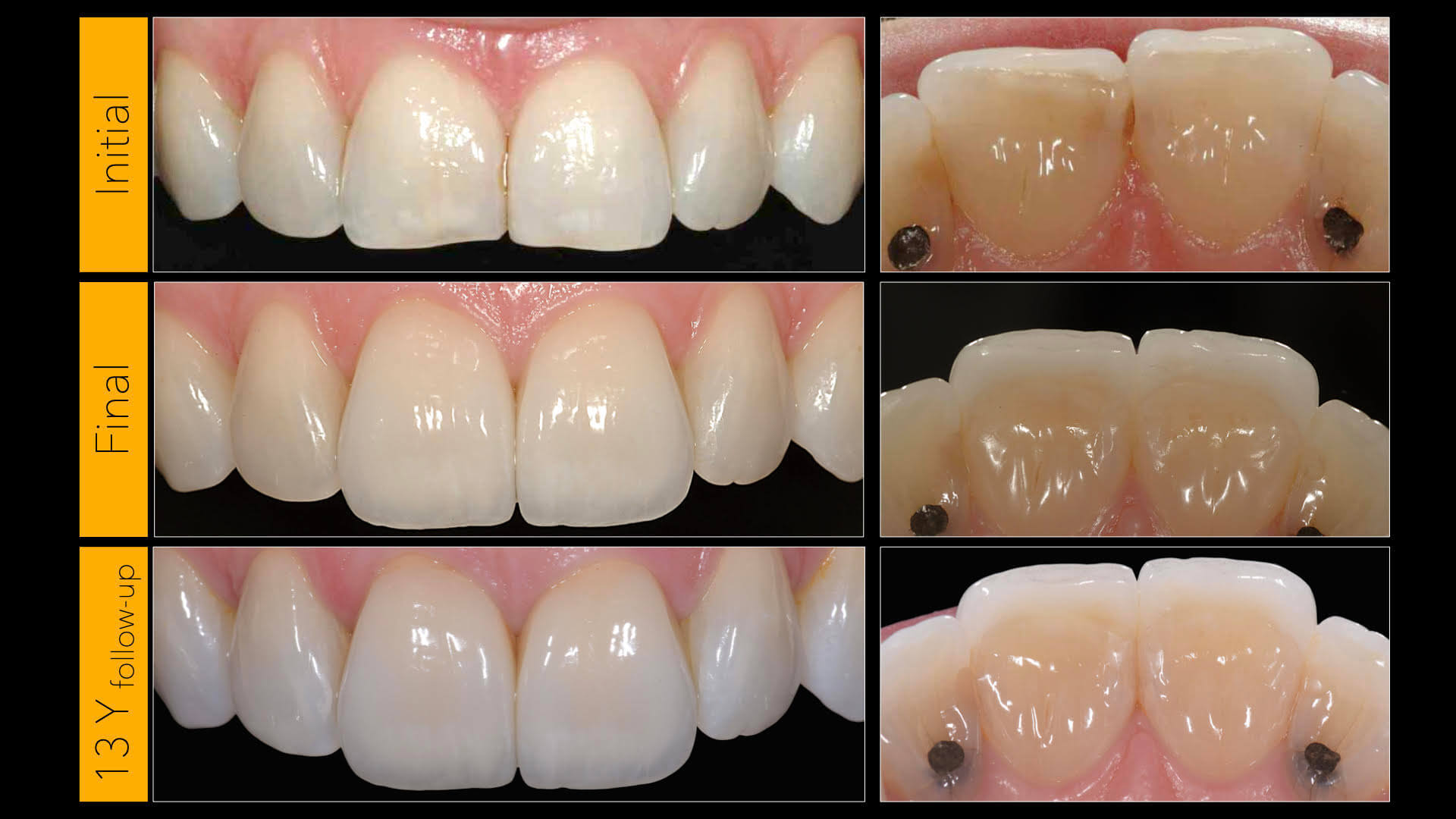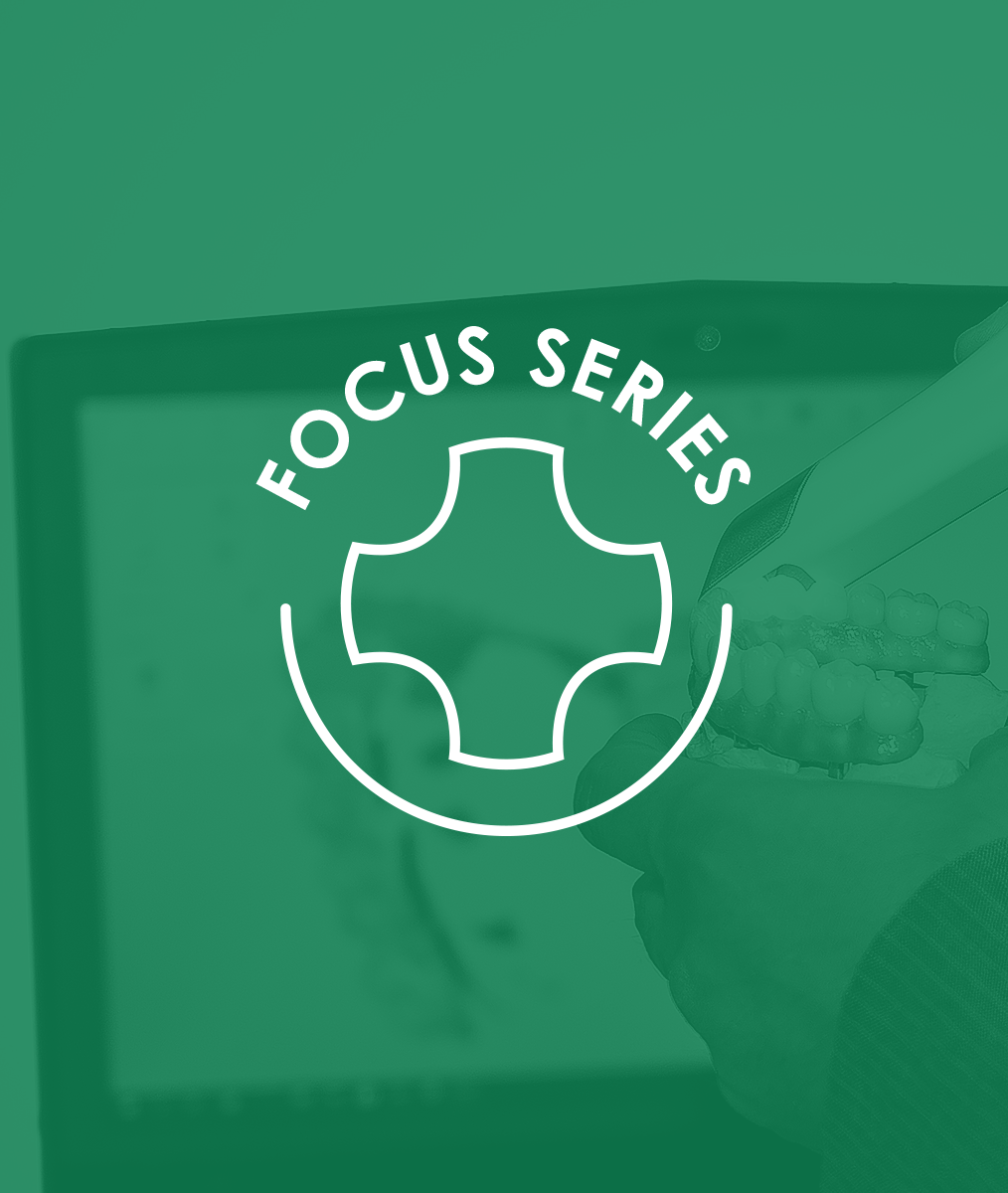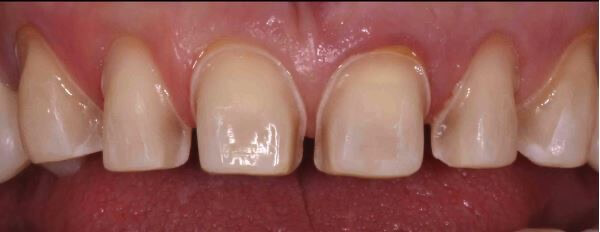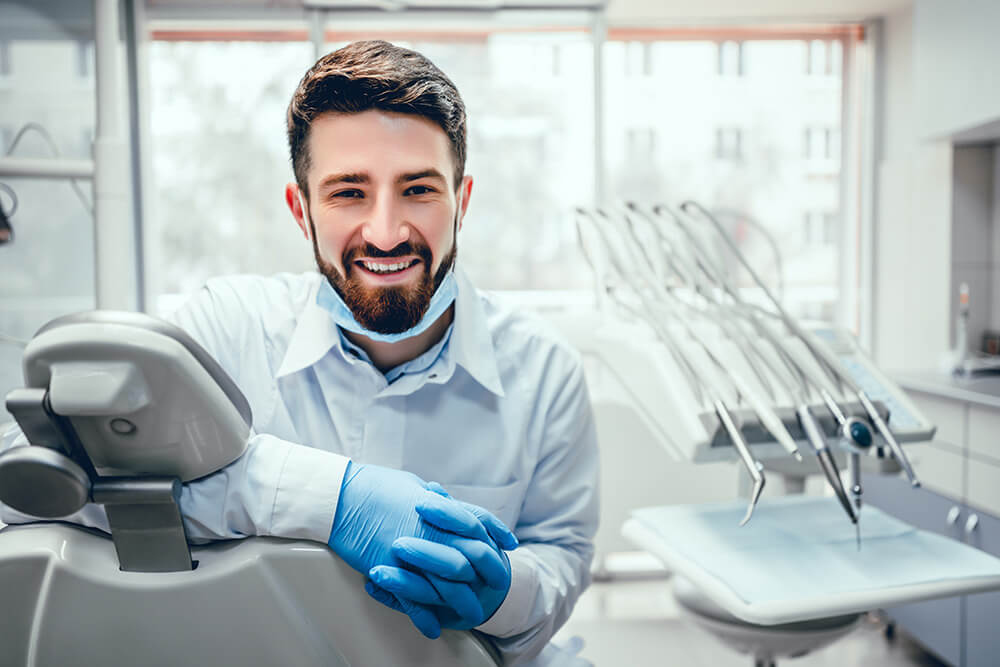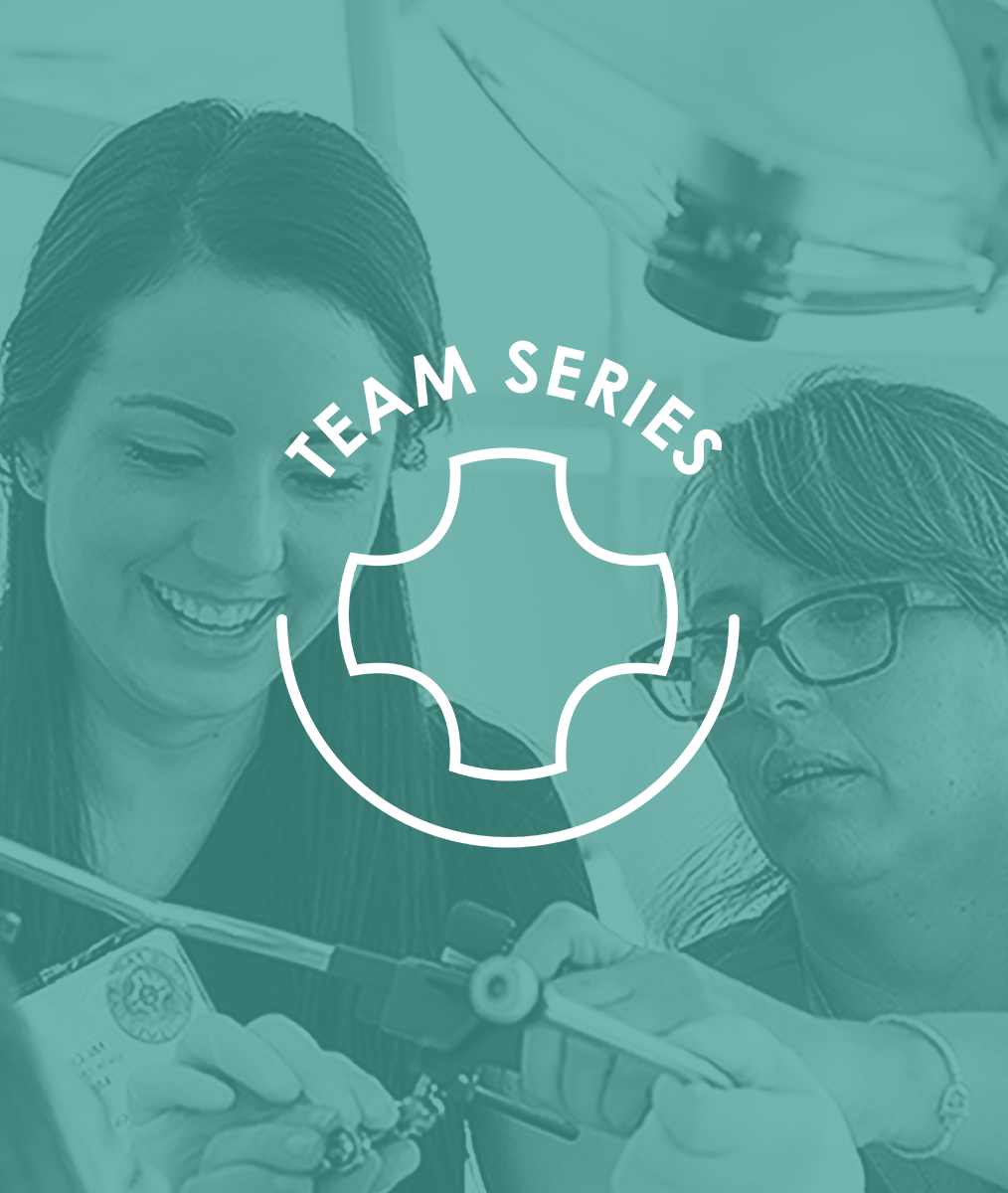As a small business owner emerging from the Covid crisis, one of the issues we face is how to manage employee compensation in a fair and open manner. Are we paying our employees a fair wage for what they do in the demographic area that we live in? Often it is not possible to know what the competition is paying.
In our current job market, skilled labor knows that they can be tough negotiators. Under current National Labor Relations Act rules employees have the right to discuss wages, hours and working conditions with others. Pay discrepancies can result in potential claims of discrimination and resentment. A mix of new hires and old hands, in particular, may lead to conflict about wages.
Your Wage Budget & Scenario Analysis
One way to address this as an owner is to create a spreadsheet that establishes the range of wages you are able to pay for various positions based on your requirements and your budget. It might look something like this:

In my case, I need to know not only what I am paying and whether I am competitive to get the best talent. I also need to know how any changes will impact my overall budget. As I am considering changes in my current employee wages and what I can pay a new hire, I need to know my overall business finances.
I also need to not manage my practice revenue to cover the luxury items I want in my personal life but instead to grow and sustain my business. I need a business growth mindset plus the attitude that Dr. L.D. Pankey promoted when he admonished dentists to learn to live on less than they make. Our teams make it possible to be in business. People come first. We’re in a people business.
Professional Guidance & Standards
My state professional association conducts a survey of offices every few years that provides a reasonably accurate picture of wages and benefits based on a number of demographic variables. That information, along with discussion of this issue with my peers, provides me with an idea of what the range of wages should be in my area.
My industry ideal is to keep total overhead for staff as close to 25% as possible, but in today’s economy this is becoming more difficult. I have found it helpful to define the market value of the various positions in the business and to understand the difference between the team members who produce income and those who do not.
Ask & Answer for Yourself a Few Questions
Where are your wages relative to your peer group? Are you underpaying, or overpaying, some of your people, and if so, what will you do about it? Where are your wages with respect to your budget and to what business analysis considers Ideal?
Something Most Dentists Don’t Do
You can take the information from your spreadsheet and share what you have learned with your team on an individual basis.
Each person needs to know that there is a range of pay for what they bring to your business. When they reach the top of the range, often due to longevity, that is all you can offer in wages. You might consider offering additional employee benefits, for example, additional vacation time. But know that what you offer will very likely be shared with everyone else.
Your wage budget worksheet allows you to develop an open and fair discussion of compensation. It helps remove much of the emotion that often gets in the way when employer and employee seek to justify levels of compensation. Your team members need to know you respect and value them, and to grasp that to remain in business there must be a profit and a budget for the business that makes sense for all concerned.
Relationship-Based Dental Practices Have an Advantage
Although recent news and chat forums indicate wages are rising for dental workers and this is putting pressure on dentists to increase their fees, we have much goodwill we can use to counterbalance this. Employees are not apt to jump ship when they like the environment in which they work…where their work is respected, their work is meaningful, they enjoy their co-workers, and solutions are found to reduce stress.
Dentists, who are truly relationship-based in their philosophy of dental practice, offer a totally different working environment than the many dental practices, in which employees describe their workplace as toxic. You can leverage the goodwill of your team members to help recruit the right new employees and stay in budget.
————
In the comments below, I’d love to hear how other private, fee-for-service dental practices are currently mindfully managing hiring and wages.









